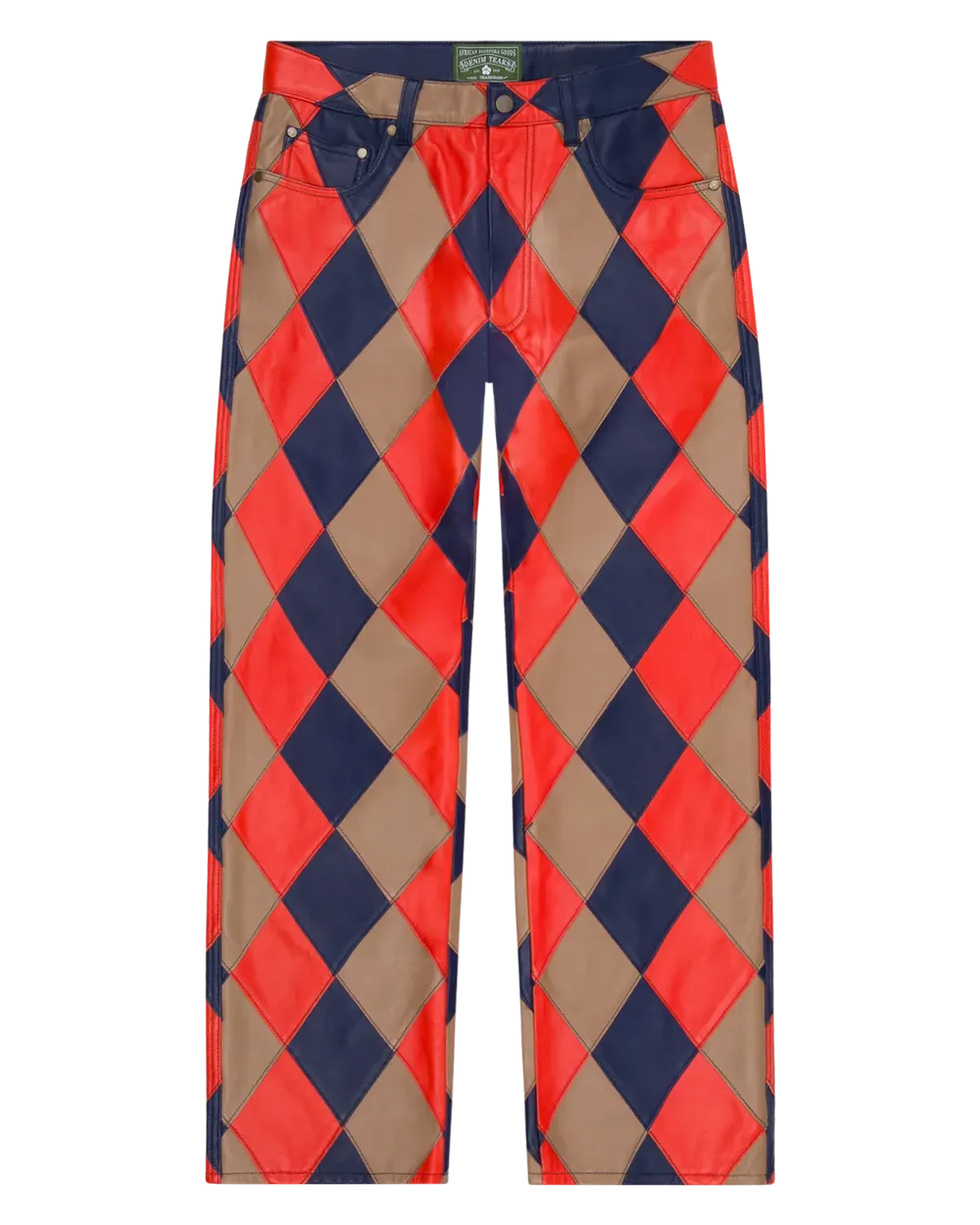Top Trends Shaping the Future of Web Design Services

Web design isn’t just about making a site look good anymore. It’s about creating smart, interactive, and user-focused digital experiences that engage visitors and help businesses grow. As technology evolves, so do the expectations of users—and the future of web design services is being shaped by some powerful trends.
Whether you’re a business owner, marketer, or designer, understanding the direction web design is heading can help you stay one step ahead of the competition.
Let’s explore the top trends shaping the future of web design services.
1. AI-Powered Design and Personalization
Artificial Intelligence (AI) is making a huge impact on the way websites are designed and experienced. Many web design companies are now using AI tools to speed up the design process, automate repetitive tasks, and offer highly personalized user experiences.
Think about chatbots that respond instantly, layouts that change based on your behavior, or product suggestions tailored to your browsing history. These features are no longer futuristic—they’re becoming expected. AI helps businesses deliver smarter and more efficient websites that truly connect with users.
2. Dark Mode and Minimalist Interfaces
Design preferences are shifting. Today’s users want simplicity, clarity, and comfort. That’s why minimalist layouts and dark mode options are gaining popularity in modern web design.
Dark mode not only reduces eye strain, especially during nighttime browsing, but also gives websites a modern, sleek look. Meanwhile, minimalist design removes clutter and focuses on what really matters—content, visuals, and a smooth user journey. Clean designs are easier to navigate, faster to load, and more likely to keep users engaged.
3. Mobile-First and Responsive Design
More than half of internet traffic now comes from mobile devices. So it’s no surprise that mobile-first design remains a top priority in web development. Today’s users expect websites to load quickly, display perfectly, and function smoothly on their smartphones and tablets.
Responsive design ensures a site works well on all screen sizes—whether someone is on a laptop, tablet, or mobile phone. It’s no longer a trend; it’s a necessity for any successful website.
4. Voice Search Optimization
Voice search is on the rise thanks to smart devices like Alexa, Google Assistant, and Siri. People now search using natural spoken language instead of typed keywords. This changes how websites should be structured.
Web design companies are optimizing sites to support voice search by focusing on faster load times, clearer content organization, and more conversational copy. Making your website voice-friendly can give you a real edge in search rankings.
5. Motion UI and Microinteractions
Small animations and interactive elements—like hover effects or button transitions—add personality and improve usability. This is known as Motion UI and microinteractions.
These design features make websites more dynamic without overwhelming the user. They guide users through the site, offer feedback, and make the overall experience more engaging.
Final Thoughts
The future of web design services is about creating smarter, faster, and more user-focused experiences. By embracing these trends, businesses can stay competitive and build websites that truly work.
If you’re planning to launch a new site or upgrade an existing one, working with a Top Web Design Company that understands these trends can make all the difference. The right partner won’t just build your website—they’ll help you grow your brand online with strategy, creativity, and innovation.




